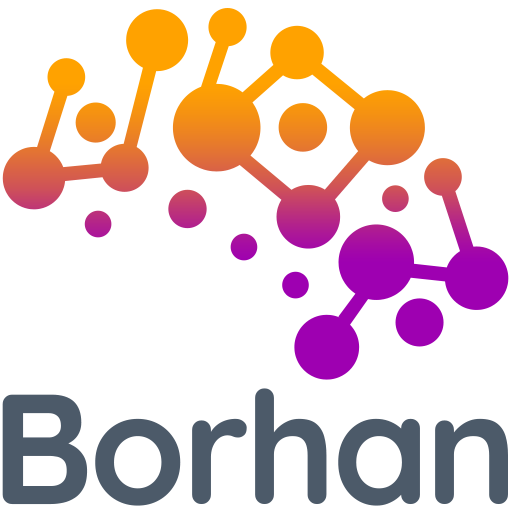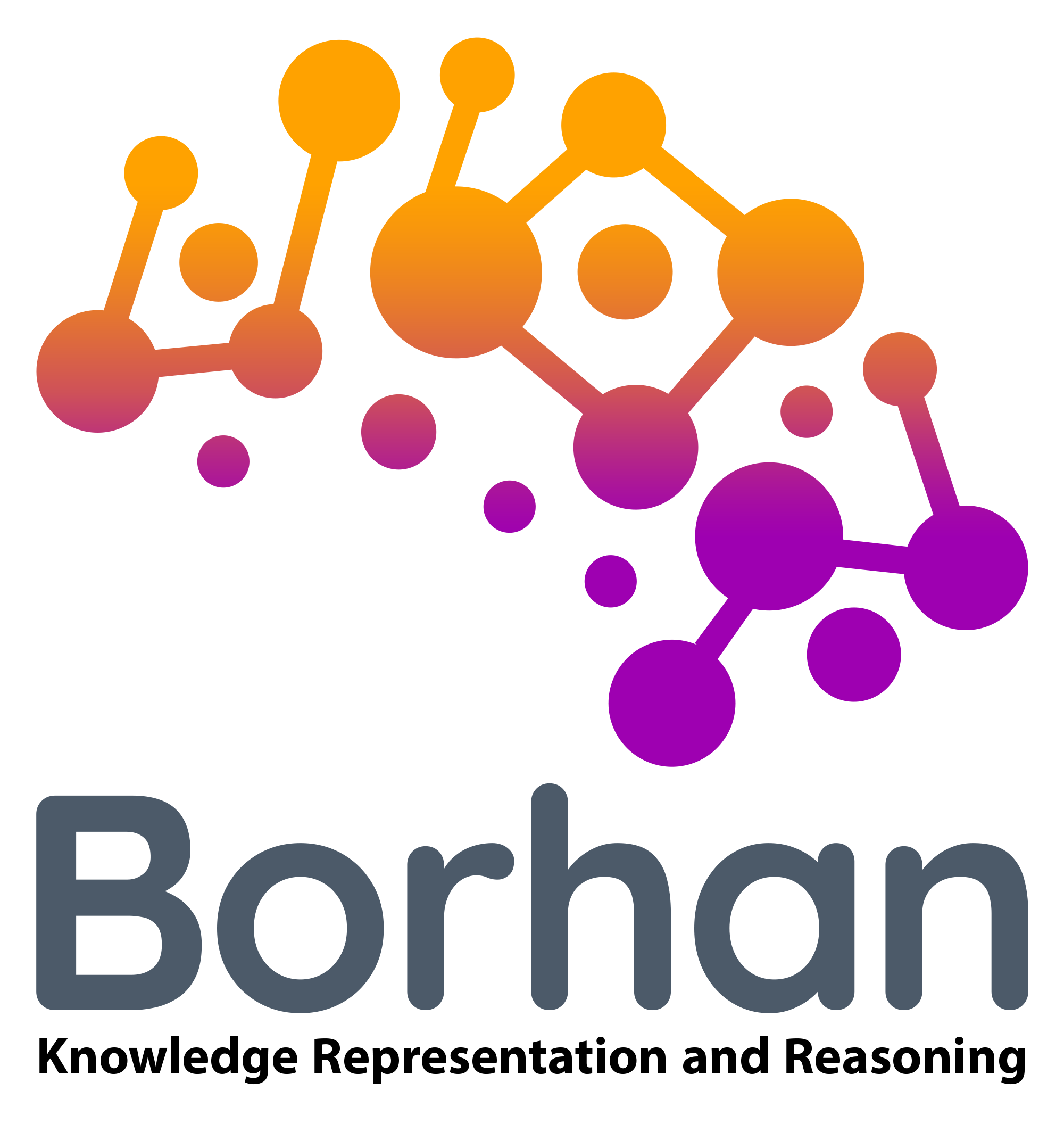Semantic Web Course
The general vision of a semantic web can be summarized in a single phrase: to make the web more accessible to computers.
The current web is a web of text and pictures. Such media are very useful for people, but computers play a very limited role on the current web: they index keywords, and ship information from servers to clients, but that is all. All the intelligent work (selecting, combining, aggregating, etc.) has to be done by the human reader. What if we could make the web richer for machines so that it would be full of machine-readable, machine “understandable” data? Such a web would facilitate many things that are impossible on the current web:
The search would be no longer limited to simply looking for keywords but could become more semantic, which would include looking for synonyms, being aware of homonyms, and taking into account the context and purpose of the search query.
Linking could become more semantic by deciding dynamically which pages would be useful destinations, based on the current user’s activities, instead of having to hardwire the same links for all users ahead of time.
It would be possible to integrate information across websites, instead of users currently having to do a “mental copy-paste” whenever they find some information on one site that they want to combine with information from another
And so on.
Primary Reference of this course: A Semantic Web Primer.
For more info and to attend the course mail us. (courses@borhan-onto.ir)
Here is an overview of the course syllabus:
- The Semantic Web Vision
- Introduction
- Semantic Web Technologies
- Layered Approach
- Describing Web Resources: RDF
- Introduction
- RDF: Data Model
- RDF Syntaxes
- RDFS: Adding Semantics
- RDF Schema: The Language
- RDF and RDF Schema in RDF Schema
- An Axiomatic Semantics for RDF and RDF Schema
- A Direct Inference System for RDF and RDFS
- Querying the Semantic Web
- SPARQL Infrastructure
- Basics: Matching Patterns
- Filters
- Constructs for Dealing with an Open World
- Organizing Result Sets
- Other Forms of SPARQL Queries
- Querying Schemas
- Adding Information with SPARQL Update
- Web Ontology Language: OWL2
- Introduction
- Requirements for Ontology Languages
- Compatibility of OWL2 with RDF/RDFS
- The OWL Language
- OWL2 Profiles
- Description Logics (DLs)
- A short history
- Decidable Fragments of FOL
- Description Logic Family
- ABox, TBox and RBox
- DL Concept and Role Constructors
- Language
- Semantics
- Syntax
- Resolution Method
- Soundness and Completeness
- Inference: Rules
- Introduction
- Example of Monotonic Rules: Family Relationships
- Monotonic Rules: Syntax
- Monotonic Rules: Semantics
- OWL2 RL: Description Logic Meets Rules
- Rule Interchange Format:
- Semantic Web Rules Language (SWRL)
- Rules in SPARQL: SPIN
- Shapes Constraint Language (SHACL)
- Nonmonotonic Rules: Motivation and Syntax
- Example of Nonmonotonic Rules: Brokered Trade
- Rule Markup Language (RuleML)
- Applications
- Ontology Engineering
- Introduction
- Constructing Ontologies Manually
- Reusing Existing Ontologies
- Semiautomatic Ontology Acquisition
- Ontology Alignment





Putcha V Narasimham | Aug 16, 2022 at 2:14 am
Good intro. The course must be useful as well.